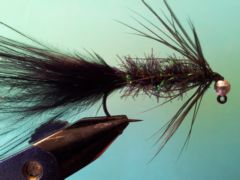Other species
{{start}}
{{end}}

{{+1}}Bass teaser{{-1}}
{{start}}
If you make the hook light enough and the wing long enough this fly swims hook point up making it quite snag resistant. It swims well and when fished with a twitching movement on either dry or sinking lines it has plenty of movement and of course being relatively compact it's not a fly that will result in a lot of short takes.{{end}}
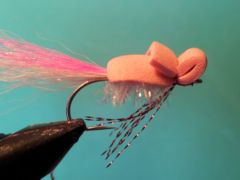
{{+1}}Gartside gurgler{{-1}}
{{start}}
Fishing with a gurgler can be very exciting because you often see the fish behind the fly just before it strikes. With fairly subtle changes you can vary this fly to fit a wide range of surface fishing situations.{{end}}
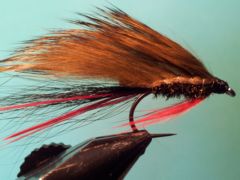
{{+1}}Bass special – Chatto’s original{{-1}}
{{start}}
It's no surprise therefor that I have a cousin to my trout bag , perhaps with a little influence from the yeti fly, in my bass fly box. Unlike the trout bag fly I seldom fish this fly as a single fly but find that if fished fished on a dropper about 1.2 meters above one of my preferred point flies it works like a dream.{{end}}
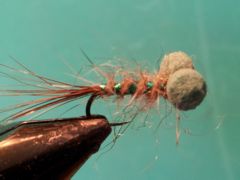
{{+1}}Hares ear booby{{-1}}
{{start}}
This is a nifty little fly that merges the hares ear nymph and the traditional booby both very high pedigree flies into one very useful loch fly. It also has a bit of flash about it which helps the fly fill an important role in my fly box for an attractor fly to use on my middle dropper when I loch style fish fish just before, through and after the trout spawning season.{{end}}
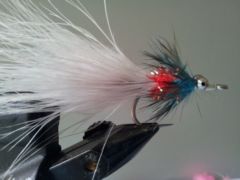
{{+1}}Gusto{{-1}}
{{start}}
This is a Peter Morse fly and a great variation on a Wooly Bugger that is making its mark in fresh water fly fishing. It's dressed on a wide gape hook that creates an effective "keel" effect and sports a relatively long marabou tail and a dense collar which together create plenty of currents around the fly that really get the marabou moving. It is adaptable for a range of species and situations.{{end}}
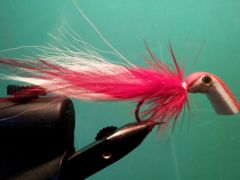
{{+1}}Chatto’s Mangrove fly{{-1}}
{{start}}
I like to fish it on either a floating line or an intermediate line with the depth of water just outside the target area being the determining factor. Fishes best if cast deep into the target area and just let it sit for up to 10 seconds. After that wiggly your rod tip so that the fly just shudders in the water activating the rattle. You can then retrieve the fly using a medium stripping action punctuated with plenty of stops and even let the fly float back to the surface and rattle the rod tip again.{{end}}
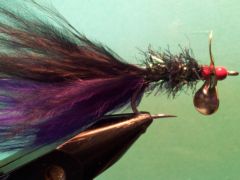
{{+1}}Propeller bugger{{-1}}
{{start}}
This fly is one of just 4 flies that I carry in my native fish fly box that will take fish sub-surface when surface flies are just not working. Not surprisingly it's got elements of a woolly bugger but importantly it has the bit of bling and movement that is so important to our predatory native species.{{end}}
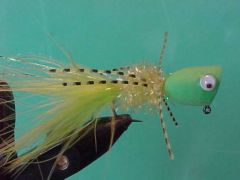
{{+1}}Popper – bass foam head{{-1}}
{{start}}
The fist and most obvious is when they are actively feeding. At those times bass can have an appetite for everything from nymphs, yabbies, small fish, shrimp, worms, lizards, frogs, grasshoppers, cicadas, beetles and for that matter almost anything that will fit in their mouth it's not surprising that a popper dropped in their line of sight and looking like something alive often gets their attention. Bass are binge feeders and are by no way picky when it comes to feeding time.{{end}}
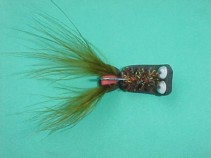
{{+1}}Wiggle frog – Chatto’s original{{-1}}
{{start}}
You can fish this fly on an intermediate or faster sinking line but my preference is to fish it on a floating line so that it swims just below the surface. On a floating line the best technique for fishing the fly is to give it one or two short strips and then rest it for a moment whilst it comes back to the surface. Rest it there for a few more seconds and then repeat the process.{{end}}














